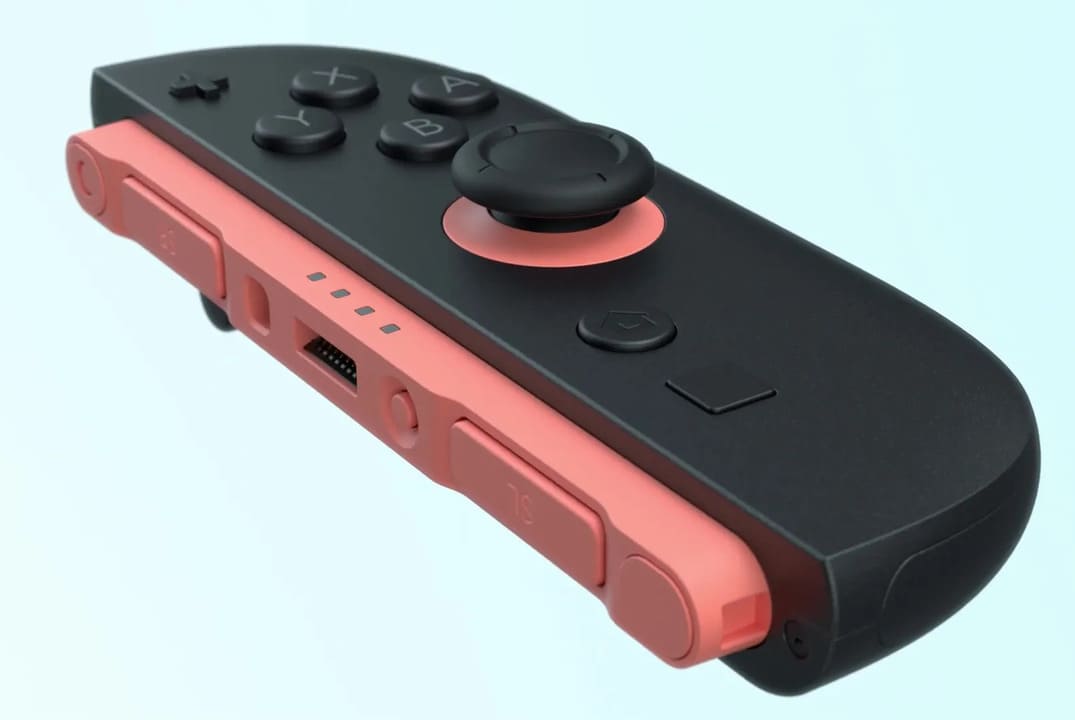Interview source: MobileSyrup
Following the official reveal of the Switch 2, Nintendo’s development team has opened up about what’s changed — and why. Speaking to MobileSyrup, director Takuhiro Dohta, producer Kouichi Kawamoto, and technical director Tetsuya Sasaki outlined some of the key design goals behind the upcoming hardware. The conversation covered everything from system-level communication features to the decision to move away from the original Joy-Con rail design.
Built-In Value Over Raw Specs
According to Dohta, the goal with Switch 2 wasn’t simply to increase technical power. It was to deliver more value out of the box — something that developers and players would benefit from without having to chase it.
“With the original Switch, just by developing for it, your game was playable both on a TV and in handheld mode,” he said. “With Switch 2, I wanted to recreate that — where just by being on the system, the game gains something.”
One of those additions is system-level GameChat — a feature that uses the built-in camera to enable voice and visual communication during gameplay. This removes the need for third-party voice apps or external hardware and is being positioned as a default option for supported titles.
Joy-Con: Magnetic Connection and Mouse Support
The new Joy-Con controllers have dropped the original sliding rail design in favor of a magnetic attachment system. That shift allows for more flexibility in design and repairs while also reducing the number of mechanical points prone to wear.

The team also confirmed that mouse support is baked into the new system, thanks to lens-based sensors on the Joy-Con. Players will be able to use them on flat surfaces as pointers or for mouse-like control in supported titles.
“We didn’t just buy a lens from the market. We developed one ourselves,” said Kawamoto. Sasaki noted that they worked through several prototypes before finalizing the approach, factoring in things like desk height and lens angle.
The controllers are also slightly larger and have been engineered with different internal mechanisms that may reduce issues like stick drift over time.
DLSS and Ray Tracing Integration
DLSS (Deep Learning Super Sampling) and real-time ray tracing were confirmed during the initial system reveal, and while the interview didn’t go deep on specs, Dohta clarified their intent. These aren’t features designed to push visuals above competing hardware — they’re meant to give developers more room to work with while maintaining consistent performance and visual fidelity.
In short, Nintendo’s approach still favors smart use of technology rather than sheer horsepower.
Shared Play Remains a Priority
Despite the addition of advanced rendering features, the Switch 2 continues to prioritize social and local multiplayer gameplay. Everything from GameChat to pointer-enabled Joy-Con seems geared toward easier shared experiences — whether in the same room or online.
“It’s always fun to see how players use features in ways we didn’t expect,” Dohta said, referencing the early days of the original Switch and the variety of ways people engaged with the hardware.
Final Thoughts
Nintendo’s next system doesn’t seem designed to chase the specs of other platforms. Instead, it’s building around usability, flexibility, and multiplayer features that developers can tap into right away. While full specs and software details are still to come, this interview offers early insight into where Nintendo is putting its priorities — and where it isn’t.


Leave a Reply